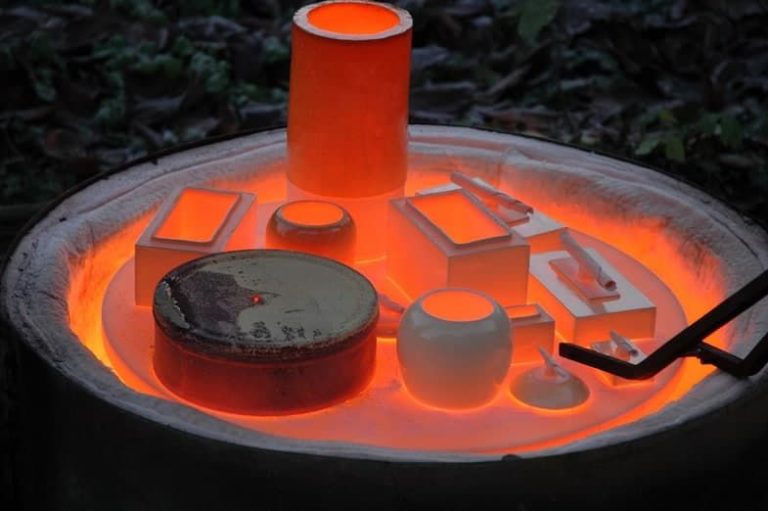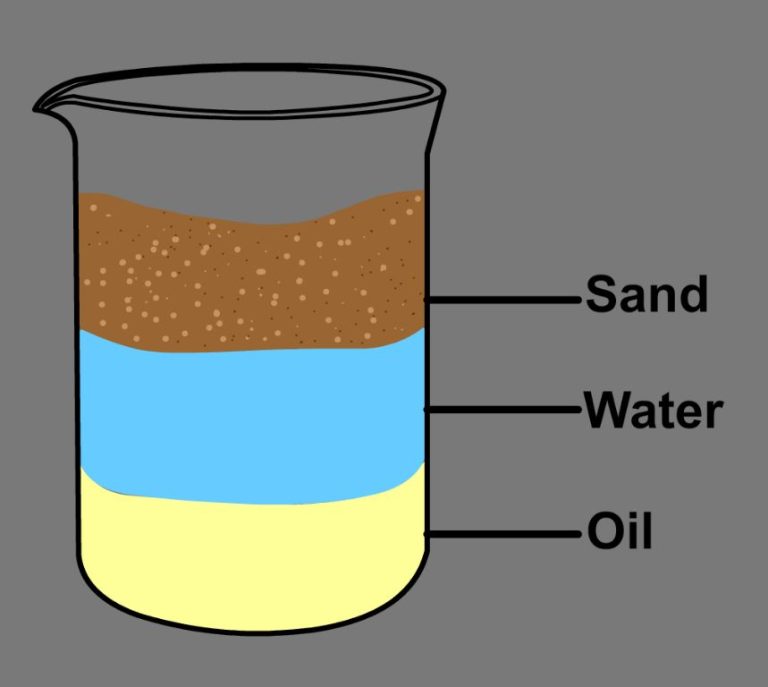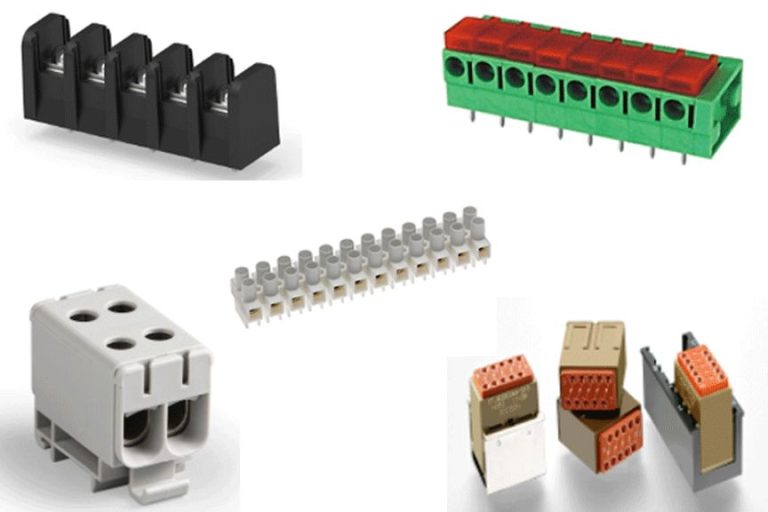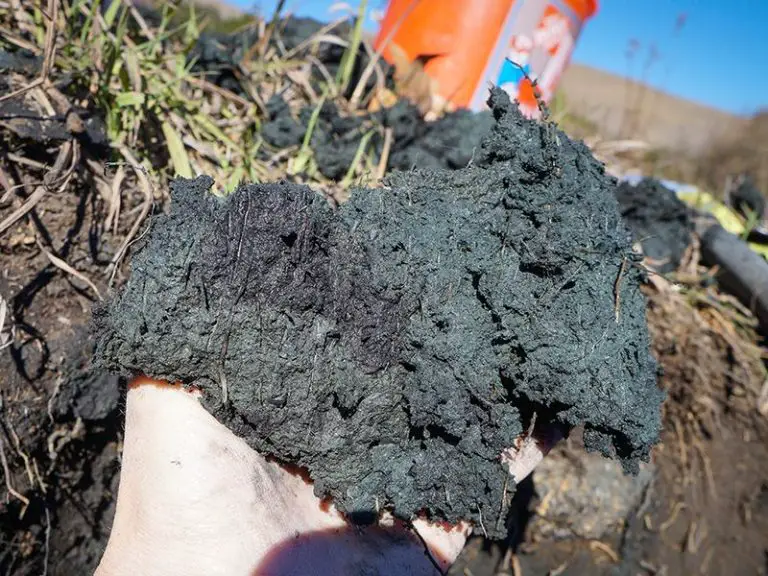What Is The Formula For Calcined Clay?
Calcined clay is a vitrified clay material produced by heating raw clay at high temperatures. It undergoes significant physical and chemical changes during the calcination process. The name comes from the Latin word “calx” meaning lime. Calcined clays have widespread industrial uses due to their unique properties imparted during high temperature treatment.
Calcined clays exhibit much higher strength, lower porosity, and increased chemical resistance compared to raw clays. They find diverse applications including construction materials, ceramics, refractories, absorbents, catalysts, and more. The calcination process induces complex chemical reactions and phase transformations that impact the final properties and performance of the material.
Raw Materials
The primary raw material used to produce calcined clay is kaolin clay. Kaolin clay is a soft white clay mineral that is composed mainly of kaolinite. Kaolinite is a layered silicate made up of tetrahedral sheets of silica (SiO2) bonded to octahedral sheets of alumina (Al2O3). Other clay minerals that can be used include metakaolin, illite, montmorillonite, and attapulgite.
The specific clay minerals used depend on factors like availability, cost, chemical composition, and physical properties. Kaolin clays tend to be preferred as they have lower impurity levels and produce high purity calcined clay. The raw clay is mined from kaolin deposits and then processed to remove impurities before being used for calcination.
Pre-processing
Before clay can be calcined, it typically undergoes pre-processing to optimize it for the calcination process. The two main steps in pre-processing are drying and crushing the raw clay.
Drying involves removing excess moisture from the extracted clay. This is important because any water present will evaporate during calcination, producing pores that weaken the final product. Clay deposits often contain between 15-40% moisture when directly mined. This moisture content needs to be reduced to below 1% prior to calcination. Drying is generally accomplished by spreading the clay out and allowing it to air dry naturally. Using artificial heat sources can also speed up drying time when needed.
After sufficiently drying the clay, the next step is crushing it into smaller particles. Calcined clay requires fine particle sizes averaging around 10 microns to achieve optimal performance properties. Crushing is performed using various types of mills and grinders. Hammer mills, roller mills, and ball mills are commonly used, progressively reducing the clay pieces through multiple crushing stages. The optimal particle size distribution is achieved through careful control of the milling process.
Calcination Process
The calcination process transforms raw clay into calcined clay through heating it in a kiln at high temperatures. This process drives off chemically combined water and decomposes clay minerals to create a reactive aluminosilicate material.
There are two main types of kilns used for calcining clay – rotary kilns and vertical shaft kilns. Rotary kilns are the most common, consisting of a rotating cylindrical vessel inclined at a slight angle. The clay feed enters at the upper end and gradually moves towards the lower end as the cylinder rotates. In contrast, vertical shaft kilns are stationary vertical chambers where clay moves down by gravity as it calcines.
For calcined clays, the target calcination temperature is typically between 600-800°C. The residence time, or duration inside the kiln, ranges from several minutes for more efficient rotary kilns to over an hour for slower vertical shaft kilns. Achieving the right combination of temperature and residence time is crucial to initiate the desired chemical transformations and create a high-quality calcined clay product.
Careful control of the calcination process enables the production of a material with optimal physical and chemical properties for use in various industrial and construction applications.
Chemical Reactions
The calcination process induces several key chemical reactions in raw clay that transform its mineralogical and physical properties. The two most important reactions are dehydroxylation and recrystallization.
Dehydroxylation refers to the removal of hydroxyl ions (OH-) that are chemically bonded to the clay’s mineral layers. As calcination temperatures rise, hydroxyl groups are driven off, causing the clay layers to collapse. This dehydroxylation reaction is largely complete by 550-600°C.
Recrystallization refers to the formation of new crystalline mineral phases as the clay is heated. Clay minerals like kaolinite recrystallize into high-temperature phases like mullite and cristobalite above 1000°C. This improves the clay’s mechanical strength and stability. However, excessive recrystallization can decrease reactivity. Controlling calcination conditions allows optimizing crystallization.
Key Properties
Calcined clay has two key properties that make it suitable for use as a supplementary cementitious material in concrete:
Pozzolanic Reactivity
Pozzolanic reactivity refers to the ability of calcined clay to react with calcium hydroxide released during the hydration of Portland cement to form additional calcium silicate hydrate (CSH). CSH is the glue that provides strength and durability to concrete. The pozzolanic reaction consumes calcium hydroxide, which can improve the properties and long-term stability of concrete.
The pozzolanic reactivity of calcined clay depends on the mineralogical composition of the raw clay as well as the calcination temperature and duration. Clays rich in kaolinite tend to produce the most reactive metakaolin upon calcination. Temperatures between 650-800°C are ideal for activating the pozzolanic properties.
Fineness
The fineness or particle size distribution of calcined clay is a key factor determining reactivity. The pozzolanic reaction occurs on the surface of particles. Therefore, smaller particle sizes and higher surface areas allow for faster and more complete reactions.
To achieve suitable reactivity, calcined clays typically need a fineness of 300-500 m2/kg Blaine specific surface area. Ultrafine grinding down to 700-900 m2/kg can further enhance reactivity.
Quality Control
Ensuring the quality and consistency of calcined clay is critical for its effective use in concrete manufacturing. There are several key tests and analysis methods performed by producers:
-
Chemical composition – The amounts of silica, alumina, lime, iron oxide and other oxides are quantified, usually via X-ray fluorescence spectroscopy or wet chemistry techniques. The chemical makeup directly impacts performance.
-
Particle size distribution – Laser diffraction or sieve analysis is used to determine the particle size range. A consistent grading is needed to deliver uniform properties.
-
Brightness/whiteness – The calcined clay should achieve a certain level of brightness, measured by reflectance, to indicate purity.
-
Loss on ignition – Heating a sample and measuring weight loss indicates the amount of moisture, absorbed water and residual organic matter.
-
Pozzolanic activity – Strength testing after mixing the calcined clay with lime and cement gives a measure of its reactivity and suitability in concrete mixes.
Meeting industry standards for these quality metrics is essential for the calcined clay to be used in cement or concrete manufacturing. Producers have quality control labs to test each batch before release.
Applications
Calcined clay has several important applications, particularly in the construction industry.
One of the primary uses is as a supplementary cementitious material (SCM) in concrete. When added to concrete mixes, calcined clay can improve the strength and durability of concrete. It also allows for reduced use of Portland cement, which lowers the overall carbon footprint of concrete production. Calcined clay reacts with calcium hydroxide released during cement hydration to form additional calcium silicate hydrate (CSH) gel, which is the main binder phase in concrete. This additional CSH improves concrete properties.
Calcined clay is also added to masonry mortars. It improves mortar workability and plasticity while providing strength benefits similar to its use in concrete. The fine particle size of calcined clay allows it to fill voids and improve mortar bonding. Its pozzolanic reactivity again forms extra CSH in the mortar matrix.
Optimization of calcined clay dosage and careful control of material properties allows it to be a sustainable substitute for other SCMs like fly ash and slag. Its widespread availability also makes it an appealing concrete and mortar additive.
Environmental Impact
Calcined clay production and use is considered more environmentally sustainable compared to traditional Portland cement production. The key sustainability benefits of calcined clay include:
Lower CO2 emissions – Replacing a portion of cement with calcined clay can reduce the overall CO2 emissions of concrete production, as the calcination process requires lower temperatures and less energy than cement production. Calcined clays can replace up to 30% of cement while maintaining concrete strength and durability.
Reduced raw material extraction – Clay is an abundant natural material, so increased use of calcined clay reduces the need for intensive limestone quarrying and other raw materials for cement production. This helps preserve natural resources and habitats.
Reuses industrial by-products – Some calcined clays utilize industrial by-products or waste materials from other processes as the clay source. This gives new purpose to materials that would otherwise be discarded.
Overall, calcined clay represents a more sustainable supplementary cementitious material. Widespread adoption could meaningfully reduce the concrete industry’s carbon footprint and resource consumption. More research is still needed to optimize production processes and material properties.
Conclusion
In summary, calcined clay is an important industrial mineral produced through the thermal treatment of kaolin clay at temperatures between 600-1200°C. The calcination process removes water molecules and transforms the clay into a reactive pozzolanic material composed primarily of metakaolin. Key properties like high pozzolanic reactivity make calcined clay a popular supplementary cementitious material for concrete production around the world.
Looking ahead, demand for calcined clay is expected to grow as infrastructure development continues globally and the construction industry increasingly adopts greener alternatives to traditional Portland cement. Research is ongoing to optimize calcination techniques and better understand the mechanisms behind calcined clay’s pozzolanic properties. Wider implementation faces some challenges such as ensuring consistent quality and minimizing environmental impacts, but the future looks bright for increased utilization of this versatile industrial mineral.




